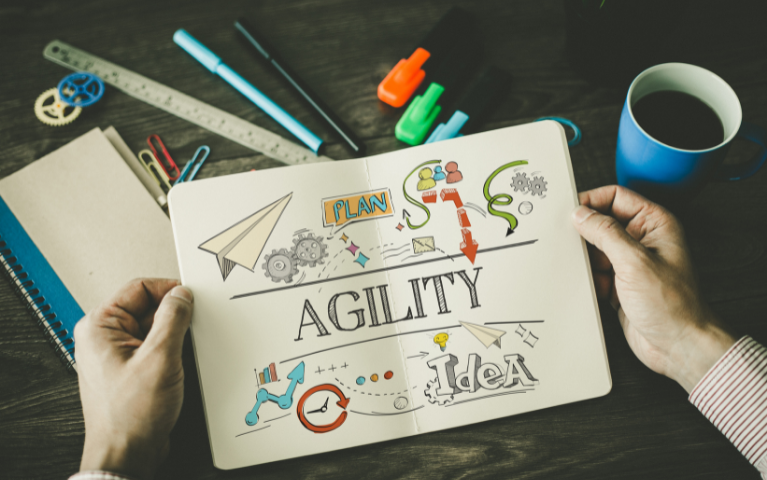If the words “upskill and reskill” are bantered about by executives in your organization, that’s a big opportunity for you to demonstrate your value. And if they’re not, they should be. The World Economic Forum estimates we will need to reskill more than 1 billion people by 2030. How can you leverage this situation to demonstrate your value?
Read MoreNow you have a model that people can easily assess against for both upskilling in their current job and also reskilling to learn a new role (career planning and workforce agility). It will define any skill gaps and tell them exactly what learning level of activity they need to develop. It will make them self-sufficient and able to capitalize on intrinsic motivation and a growth mindset. And it tells you exactly what learning content you need to close your organizational skill gaps and position it for future success.
Read More“Companies can’t be resilient if their workforces aren’t. Building your reskilling muscle now is the first step to ensuring that your organization’s recovery business model is a success.”
Read MoreTraditional Talent, Learning & Development can’t support organizational agility. So what do we do? Like the organizations themselves, we evolve. We need to identify and build capability in real time, just-in-time, to support changes. We need to allow people in the roles who need the capabilities to own their achievement.
Read MoreCollaborative learning has been shown to be one of the most effective types of learning. We call it “task-based mentoring” though you may call it “flash mentoring”, “peer coaching”, or “modern apprenticeship”.
Read MoreWith the changes going on in the world today, helping employees take ownership of their development has never been more important. We hope these help you engage employees in taking ownership of their learning.
Read MoreThe term "competence" came into vogue following R.W. White’s 1959 Psychological Review article, “Motivation Reconsidered: The Concept of Competence.” White explains that because people are intrinsically motivated to achieve competence, having competency models enables organizations to tap into our own desire to achieve proficiency.
Read More






